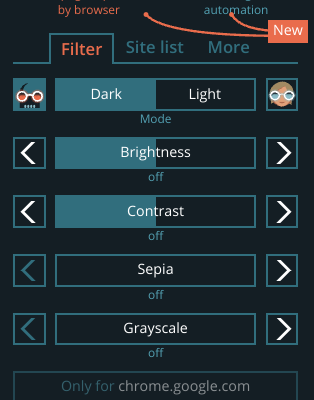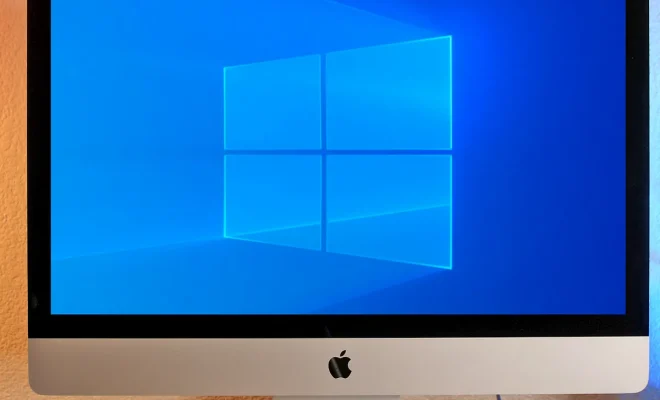How Does the Internet Work? A Step-By-Step Guide

The internet is a vast network of interconnected computers, servers, and devices that enable people to access information, communicate with each other, and conduct business online. It’s hard to imagine modern life without the internet, but do you know how it works? In this article, we’ll take a step-by-step look at how the internet works.
1. Devices
The internet is comprised of a growing number of devices, including computers, smartphones, tablets, and other smart devices. Each device is connected to the internet through an internet service provider (ISP), which provides a connection to the internet.
2. Transmission
The next step in the process involves the transmission of information across the internet. This information can be transmitted through various means, such as wired or wireless connections, but the most common way is through packets of data that are sent over the internet.
3. Protocols
The transmission of data over the internet is governed by a set of rules and protocols. These protocols establish a set of standards for how devices should communicate and exchange data. The most widely used protocol is the Internet Protocol (IP), which routes data packets across the network.
4. Routing
When a packet of data is sent across the internet, it must be routed through various devices, servers, and networks. This process is called routing, and it takes place through a complex network of interconnected routers and switches.
5. Servers
At the heart of the internet are millions of servers, which store and transmit the vast amounts of data that make up the internet. These servers are located all over the world and are maintained by various organizations, from internet giants like Google and Facebook to government agencies and research institutions.
6. DNS
One of the most critical functions of the internet is the Domain Name System (DNS). The DNS is a system that translates human-readable domain names, such as google.com or facebook.com, into IP addresses that computers can understand. Without the DNS, users would have to remember the IP addresses of every website they want to visit.
7. Websites
finally, the internet is home to countless websites, which are created and maintained by organizations, individuals, and businesses around the world. Websites can be accessed using a web browser, which sends requests to web servers for specific content such as text, images, or videos.
In conclusion, the internet is a complex and ever-evolving network of devices, servers, routers, and protocols that work together to enable people to communicate, access information, and conduct business online. Understanding how the internet works is essential for anyone who wants to use or create online content and staying up-to-date with the latest technologies and protocols is crucial for keeping pace in a rapidly changing digital world.






